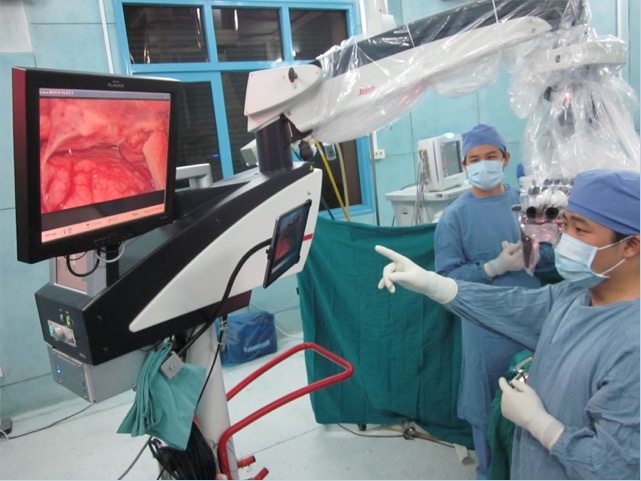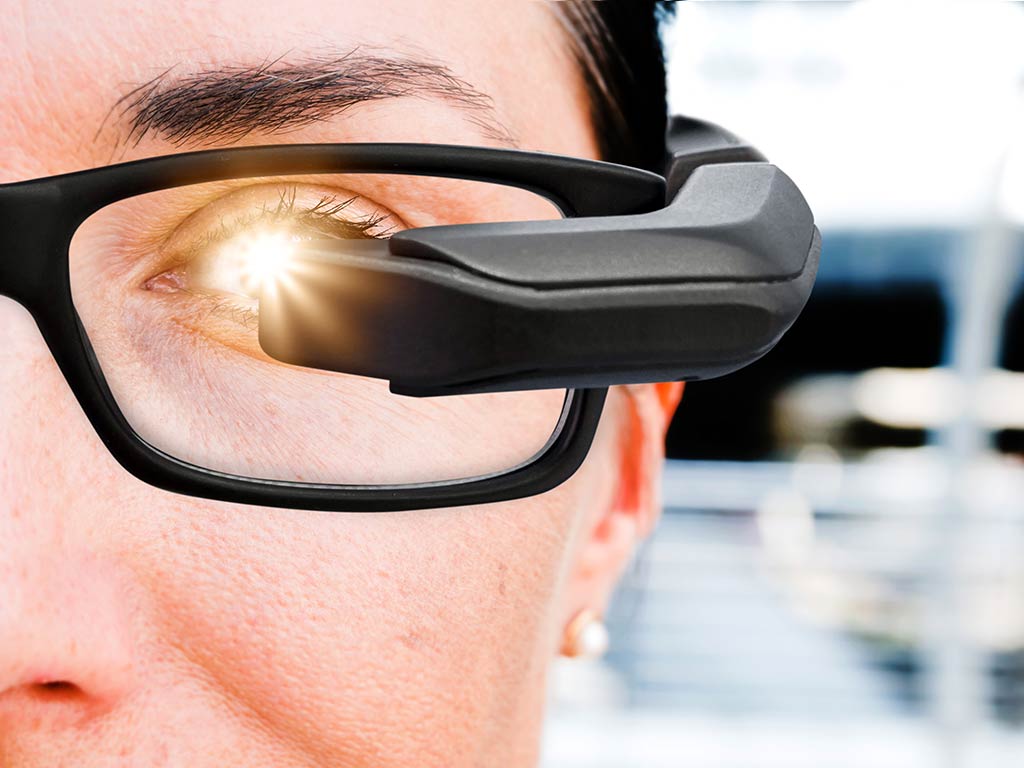Location information
Hospital address
Leeds General Infirmary Great George St Leeds West Yorkshire LS1 3EX United Kingdom
Hospital type
Public
Hospital description
Tertiary/National
Description
Mr John Goodden
Consultant Neurosurgeon (Adult & Paediatric), Leeds General Infirmary
Honorary Senior Lecturer, University of Leeds
Clinical Lead for Paediatric Neurosciences, Leeds Children’s Hospital
Joint Clinical Lead for North East Paediatric Neuroscience Network
Neurosurgery Specialist Advisor for NICE
Training and background
Mr Goodden studied Medicine at St George’s Hospital Medical School, London, graduating in January 1997 with MB BS (Lond). His subsequent postgraduate training in surgery and then neurosurgery was completed in South-West London, Haywards Heath, Sheffield and Hull. Further specialist Fellowships were then undertaken to enhance his expertise. This was initially as Visiting Fellow in Paediatric Neurosurgery at the Hôpital Necker - Enfants Malades, Paris, and then as the National Fellow in Paediatric Neurosurgery at Alder Hey Children’s Hospital, Liverpool.
Clinical Experience
In February 2010 Mr Goodden moved to Leeds as Consultant Neurosurgeon (Adult & Paediatric). His particular specialist interests are in paediatric neurosurgery and adult neuro-oncology. He is the joint lead of the Low Grade Glioma surgery programme in Leeds and regularly performs awake craniotomies to resect these tumours.
Within paediatric neurosurgery, Mr Goodden has a breadth of expertise in treating all childhood neurosurgical conditions such as brain tumours, hydrocephalus and spasticity. In particular, he is the neurosurgical lead for developing treatments for paediatric spasticity in Leeds – particularly Intrathecal Baclofen and has setup Selective Dorsal Rhizotomy (SDR) in Leeds having studied this technique with Dr TS Park in St Louis, Missouri.
Mr Goodden & his team in Leeds have completed over 90 SDR operations. In 2014, they were designated by NHS England as one of only 5 centres in England able to offer SDR as an NHS-funded treatment under a Commissioning through Evaluation programme. More information about the Leeds SDR programme is online at www.leedsneurosurgery.com/sdr.
In addition to paediatric spasticity management, Mr Goodden has interests in complex hydrocephalus, neuro-endoscopy and tumour surgery.
Positions of Responsibility
- In July 2018, Mr Goodden was appointed as the Clinical Lead for Paediatric Neurosciences at Leeds Children’s Hospital
- In 2016, he was appointed as Specialist Neurosurgery Advisor to NICE.
- Mr Goodden is a member of SIOP-E Brain Tumour Group and, since 2013, has been the Neurosurgical Lead for the SIOP-E BTG Low Grade Glioma panel.
- In 2013-14 he helped build the North East Paediatric Neuroscience Network (NEPNN), and was then appointed as Joint Clinical Lead in 2014 – The network is a co-operative Operational Delivery Network working across 3 large Neurosurgery centres in Leeds, Sheffield & Newcastle to improve standards and pathways of care.
- He worked on the Brain and CNS Tumour CRG (2013-16), and also the Paediatric Neuroscience CRG (2015-16).
Mr Goodden is married with 2 children and has an active involvement in his local church.
Member information
Name
John Goodden
Member type
Individual independent practitioner
Specialty
Neurosurgeon
Subspecialties
- Trained paediatric neurosurgeon
Languages spoken
- English
Professional affiliations / memberships
- ISPN
- ESPN
- Other
Social profiles
Conditions treated
- Hydrocephalus
- Trauma
- Tumor
- Vascular
- Craniofacial
- Spine
- Epilepsy
- Spasticity
Equipment used
- Drill
- Microinstruments
- Microscope
- Neuroendoscope Flexible
- Neuroendoscope Rigid
- Frameless navigation
- MRI
- CT



